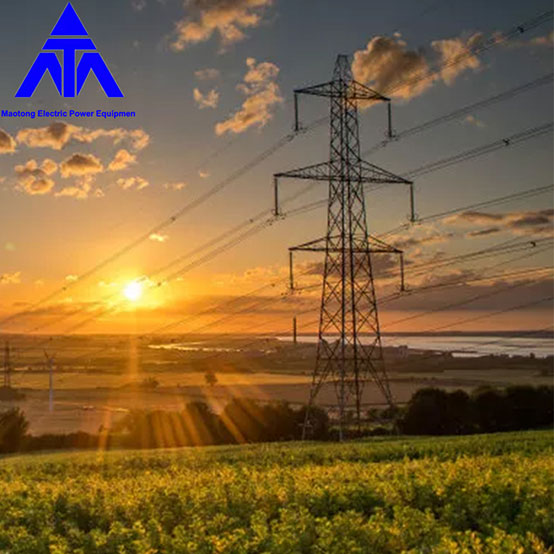Transmission Angular Steel Line Tower: Paving the Way for Efficient Power Distribution
2023-10-18
Introduction:
In the realm of power transmission, the angular steel line tower stands tall as an engineering marvel, supporting the efficient distribution of electricity across vast distances. These towering structures form the backbone of transmission networks, ensuring a reliable supply of electricity to homes, businesses, and industries. In this blog, we will delve into the world of transmission angular steel line towers, exploring their design, significance, and the crucial role they play in powering our modern society.
Understanding Transmission Angular Steel Line Towers:
Transmission angular steel line towers, commonly known as transmission towers, are massive steel structures designed to support high-voltage power lines over long distances. Their strategic placement along power transmission routes ensures the stable and efficient distribution of electricity from power generation stations to substations and, ultimately, to consumers.
Key Features and Design:
1. Triangular Shape: Transmission angular steel line towers are typically designed in a triangular shape, with three legs extending from a central point. This design provides excellent stability and load-bearing capacity, making them suitable for withstanding heavy winds, ice, and other environmental factors.
2. Varying Heights: The height of transmission towers varies depending on the terrain and distance between supporting structures. In mountainous regions or areas with challenging landscapes, taller towers are used to maintain the required clearance for power lines.
3. Bolted Connections: The construction of angular steel line towers involves bolted connections, which allow for easy assembly and disassembly during installation or maintenance. This feature makes tower erection more efficient, reducing downtime during power line construction or repairs.
Significance of Transmission Angular Steel Line Towers:
1. Efficient Power Transmission: Angular steel line towers form an essential part of power transmission networks, efficiently transporting electricity from power plants to distribution substations. The towers' strategic placement allows power companies to cover vast distances and reach remote areas, ensuring a reliable supply of electricity to all consumers.
2. Reliable Power Distribution: The stability and strength of angular steel line towers ensure consistent power distribution even under adverse weather conditions. This reliability is crucial in maintaining uninterrupted power supply to critical facilities, hospitals, and emergency services.
3. Cost-Effectiveness: Steel towers offer a cost-effective solution for power transmission compared to alternative materials like concrete. Their durable and long-lasting nature reduces maintenance and replacement costs, making them an economical choice for utility companies.
4. Minimal Environmental Impact: The installation of transmission towers requires minimal land footprint, and their design allows for the preservation of natural landscapes and habitats. Additionally, the use of steel as a recyclable material contributes to their eco-friendly profile.
Conclusion:
Transmission angular steel line towers play a vital role in powering our modern world by facilitating the efficient distribution of electricity across vast distances. Their robust construction, strategic placement, and reliable performance make them indispensable components of power transmission networks. As advancements in engineering and materials continue, we can expect even more innovative designs and technologies that further enhance the efficiency, sustainability, and reliability of these towering structures, ensuring a bright future for power distribution worldwide.



